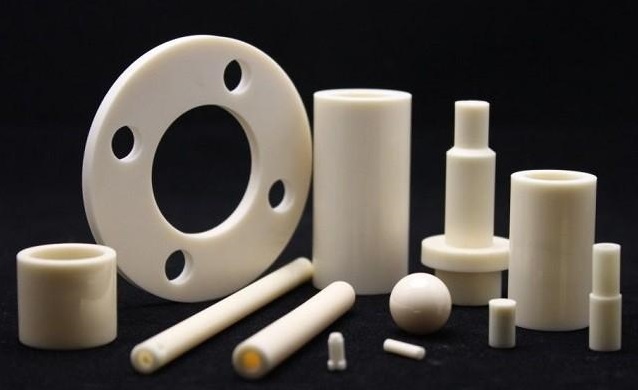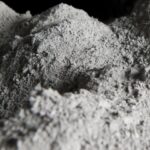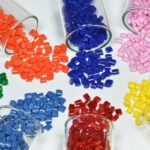Ceramic Synthesis
Our expertise and capabilities in synthesizing ceramics are based onchemical solution techniques. Chemical solution or sol-gel approaches have beendeveloped to fabricate powders, films, and porous bodies. Materials of interest range from silica to complex, multicomponent electronic ceramics. The complexity inherent in fabricating materials with structured nanoporosity or complex chemistries requires a fundamental understanding of these chemical solution approaches. Fabrication of unique precursors for complex oxides is being done with novel metal alkoxide chemistry to produce powders and thin-film materials with carefully controlled properties. Our ability to synthesize materials with complex structures, chemistries, or both, is at the heart of numerous research and development efforts at Sandia.
Ceramic Processing
Sandia’s fabrication of ceramic components and devices is based on a strong ceramic-processing capability. We recently have demonstrated the ability to characterize and model the powder- compaction process in detail, and to address and control density gradients in powder compacts that cause shape distortion and differential shrinkage. Proprietary 3D, finite-element code packing and compaction models, and process-control tools are now available to improve the production of ceramic components. Sandia has capabilities in the areas of hydrostatic and triaxial compaction testing to characterize materials properties, and x-ray radiography, ultrasound, and computed tomography for density characterization. In addition, expertise in slurry processing has enabled the development of direct-fabrication processes. Furthermore, we are developing phenomenological sintering models to enhance both ceramic component design and manufacturing capability.


